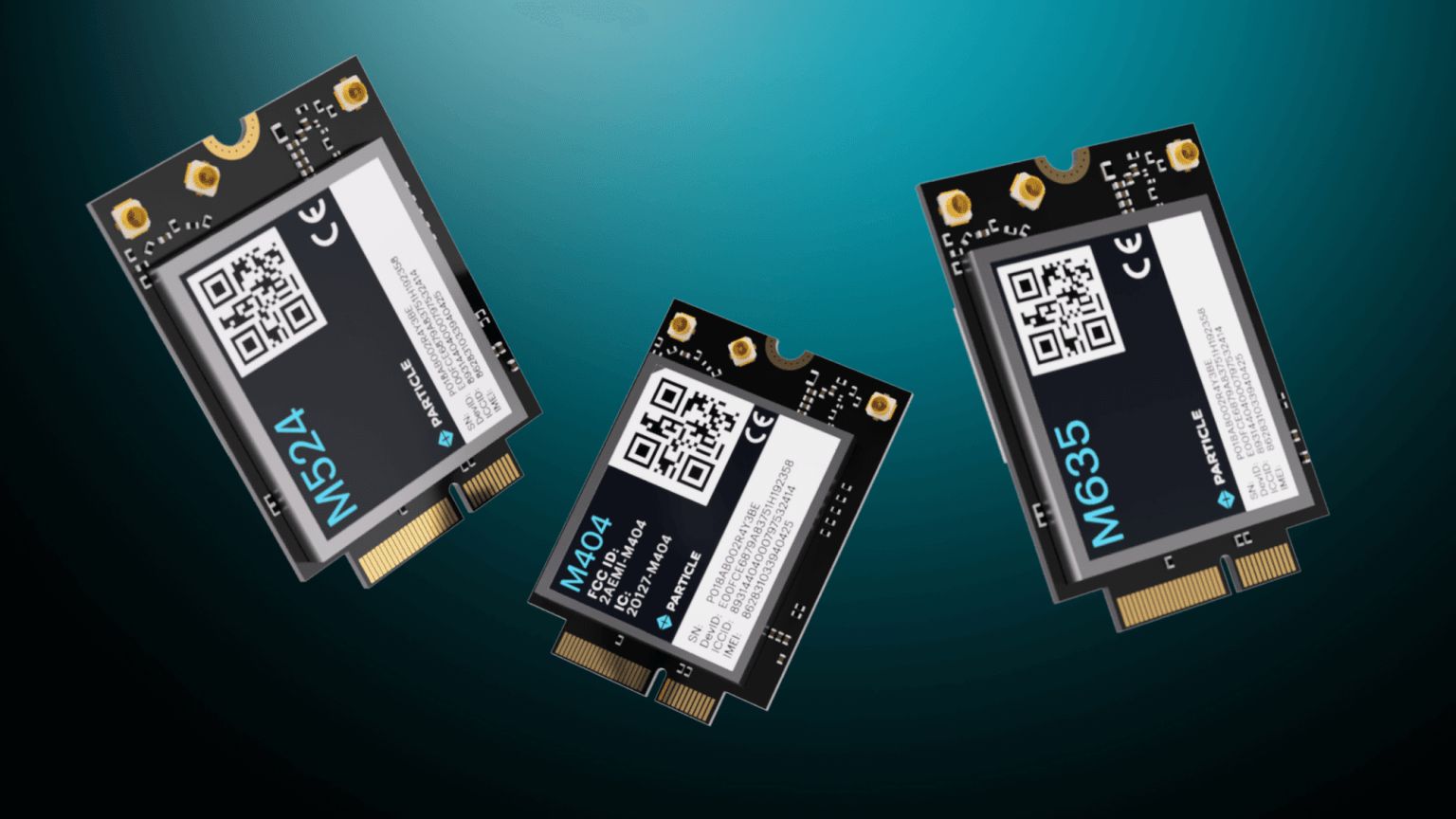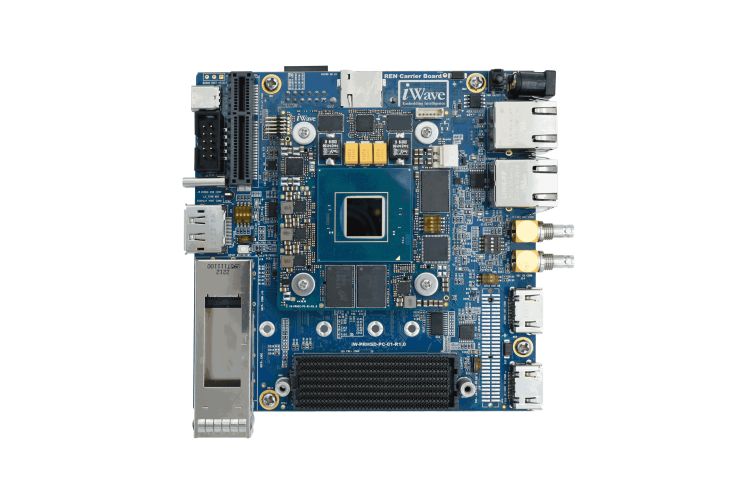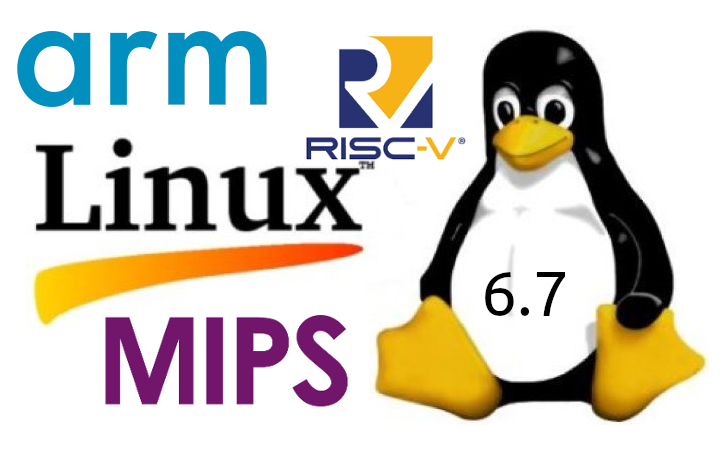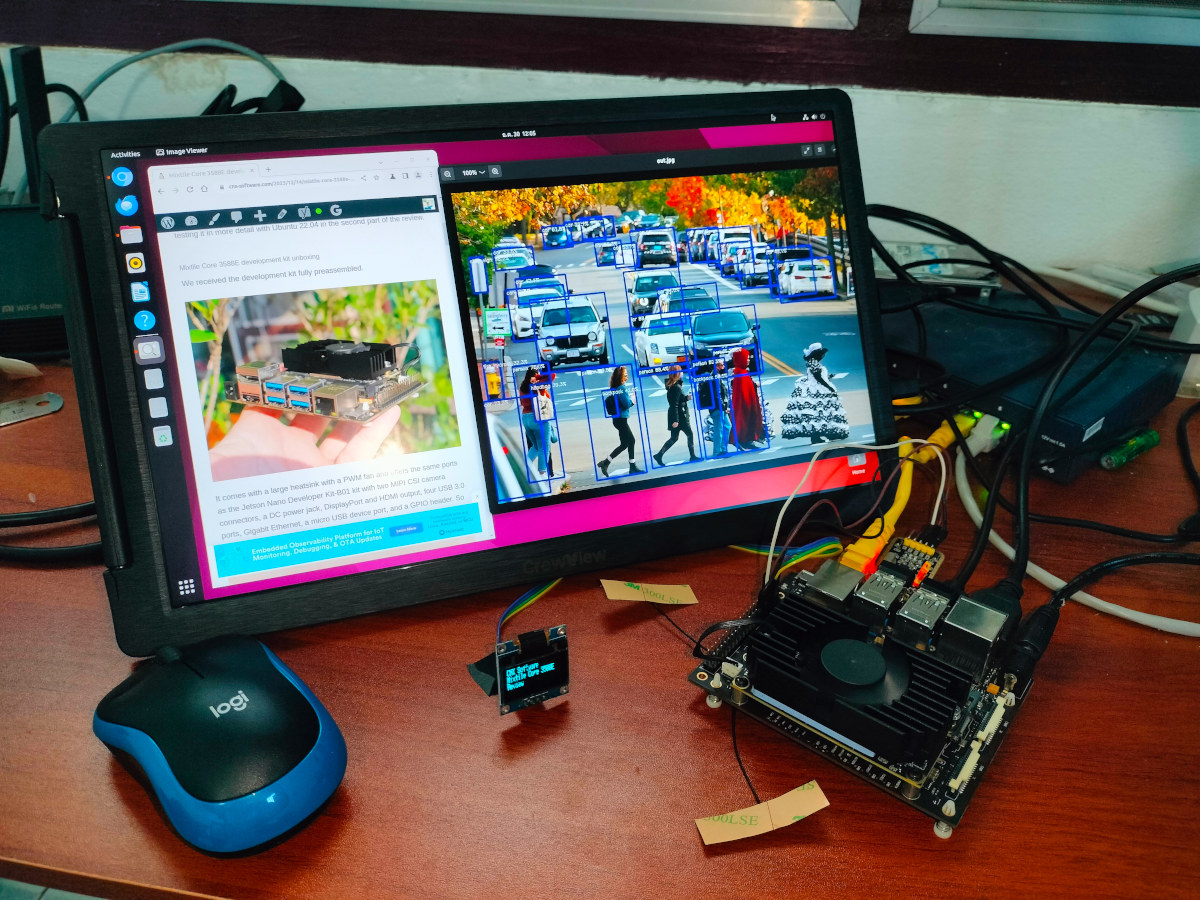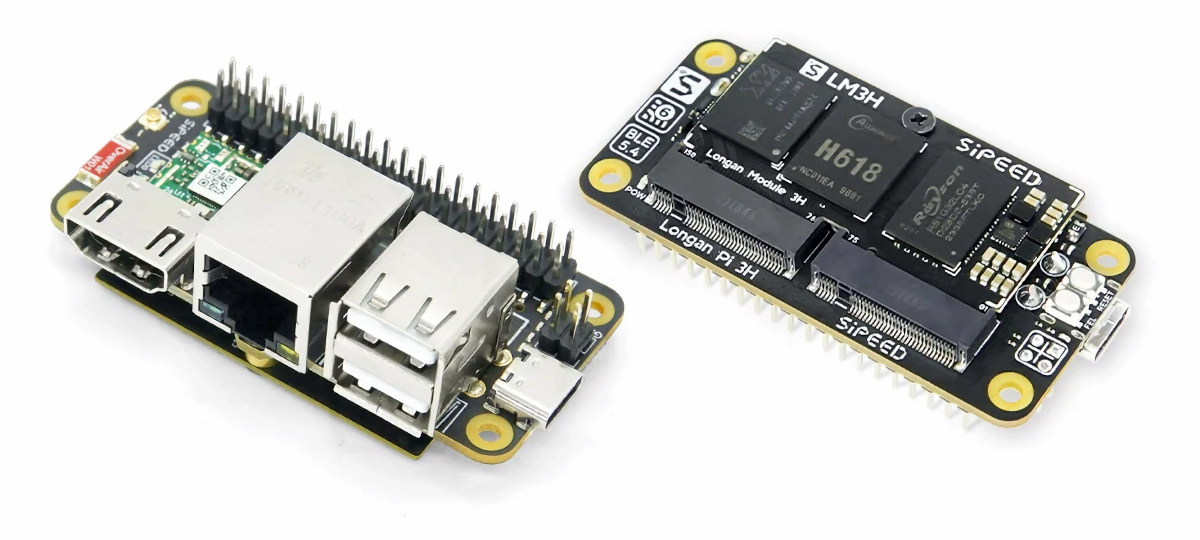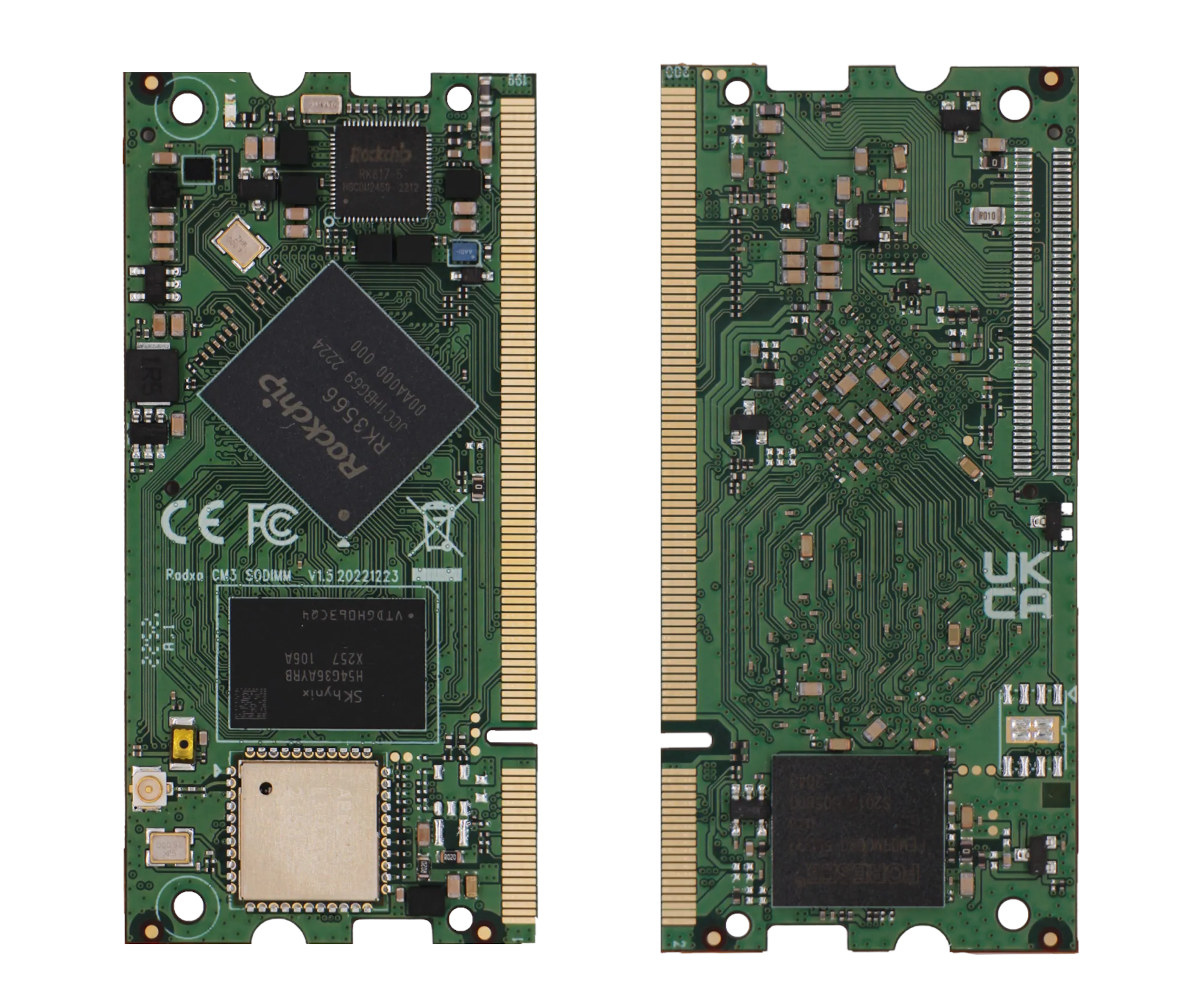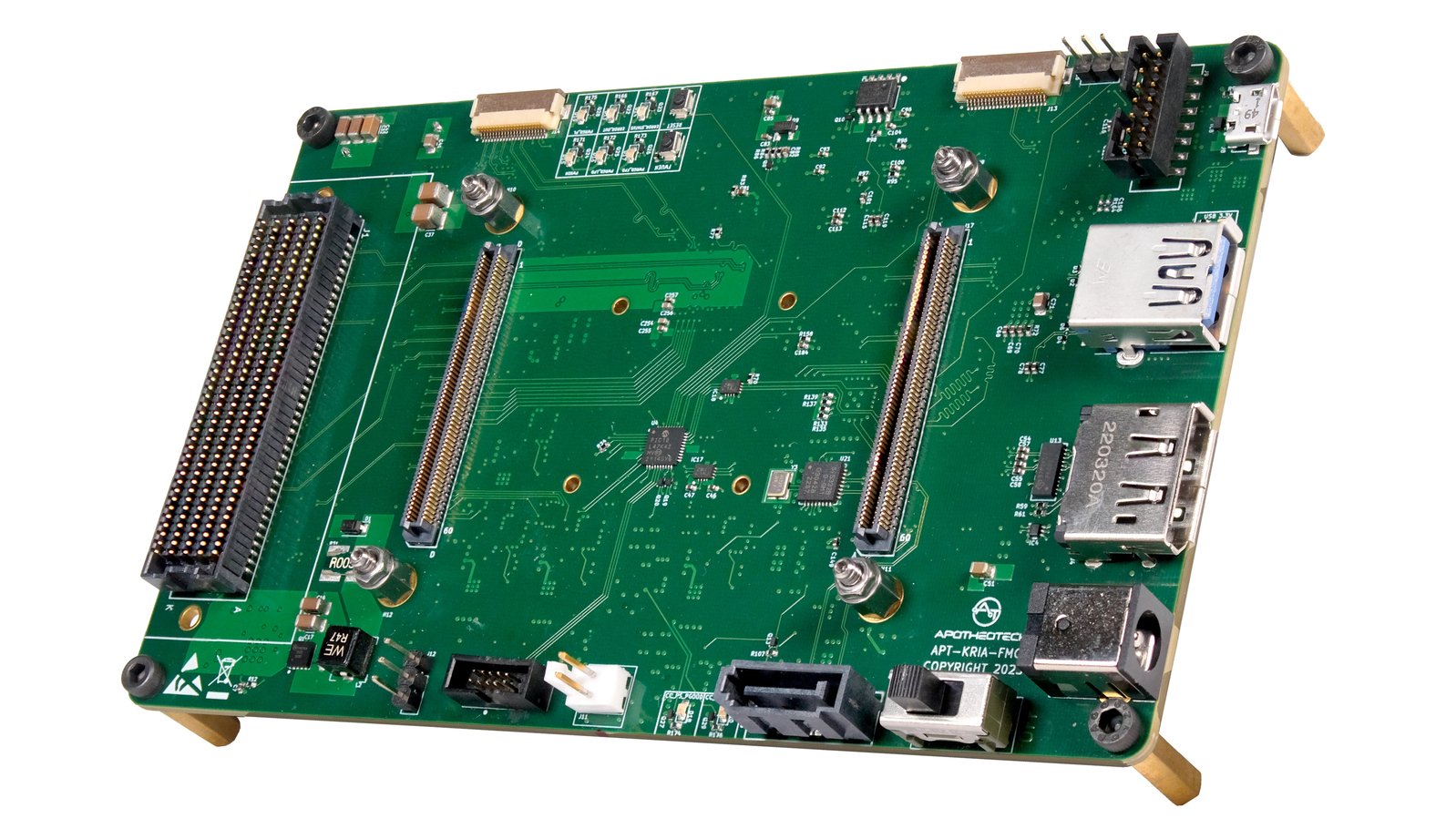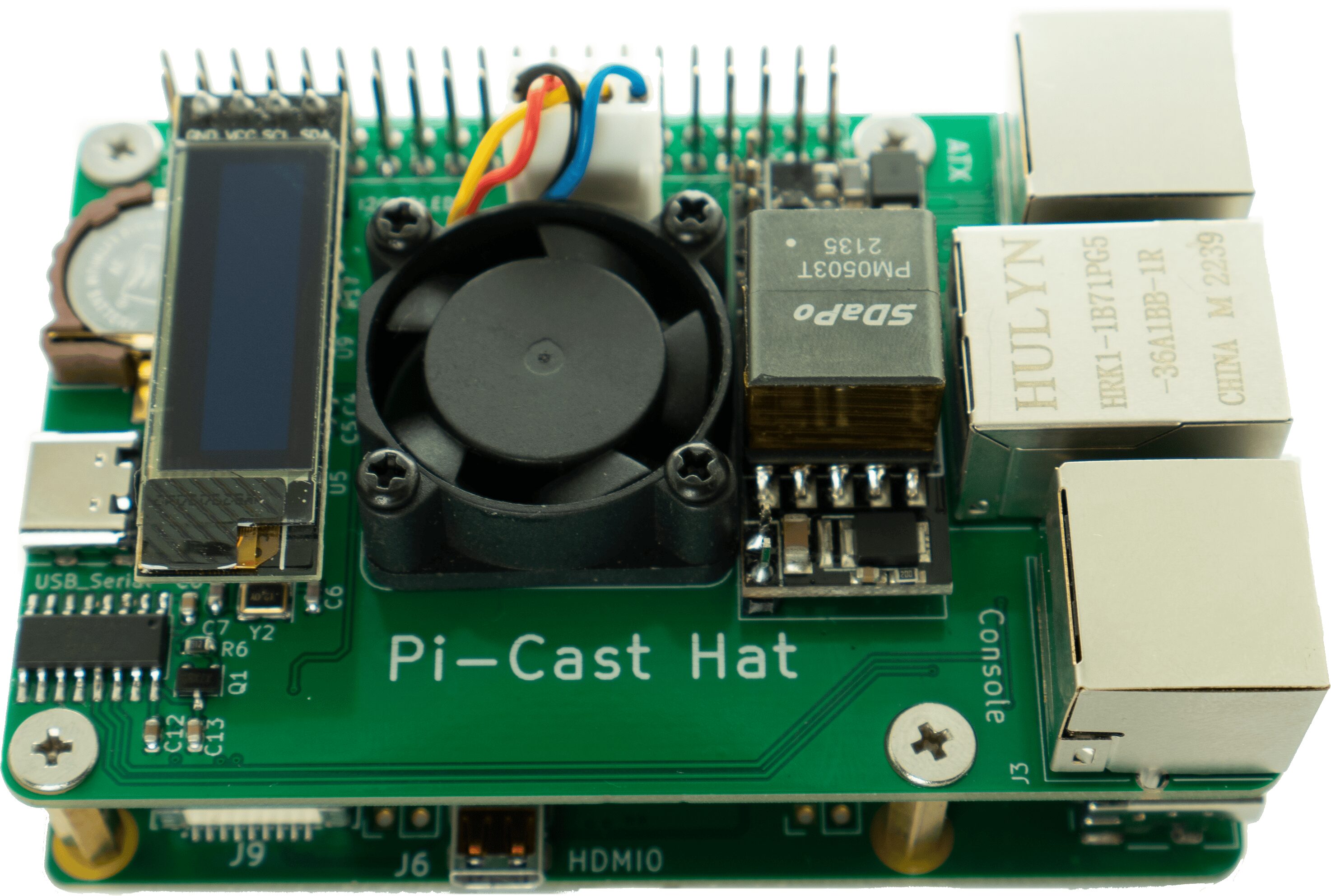Particle Industries Inc., an IoT Platform-as-a-Service company, has announced a new line of multi-radio boards and modules that offer multiple connectivity options in a single product. Particle is a complete edge-to-cloud IoT development platform that offers hardware products and software tools for creating IoT solutions. The company’s latest product, the M-series, has a bold tagline: connect anywhere. Although wireless connectivity has come a long way, there is no single wireless technology that works everywhere. Particle’s M-series aims to address that problem by bundling multiple radios – Wi-Fi, cellular, satellite, and LoRaWAN – into one product. Particle is looking to expand from its two primary wireless technologies: Wi-Fi and cellular, and add two more radios, satellite and LoRaWAN, for broader coverage. These two radios will cover devices in areas such as enclosed spaces (boiler rooms, elevator shafts, basements, and mines) and remote locations (methane sensors in oil and gas plants, boats, […]
iW-RainboW-G58M is a compact module based on the Intel Agilex 5 SoC FPGA series
iWave Systems, an embedded systems solutions company based in India, has announced the launch of the iW-RainboW-G58M system-on-module (SoM). The module is based on Intel’s Agilex 5 SoC FPGA E-series family, a lineup of affordable, midrange FPGAs for intelligent edge and embedded applications. The Agilex 5 E-series is optimized to deliver better performance-per-watt than its predecessors at a smaller form factor. They feature an asymmetric applications processor system comprising two Arm Cortex-A76 cores and two Cortex-A55 cores for optimized performance and power efficiency. The Arm cores in the Agilex 5 SoC FGPA family are more powerful than the Cortex-A53 cores in the Intel Agilex 7 and 9 products, but those have faster high-speed interfaces and more logic elements. The Agilex 5 SoM is suitable for development in fields like wireless communications, video/broadcast, and industrial test and measurement sectors. The last iWave module we covered, the iW-RainboW-G55M, was based on a […]
Linux 6.7 release – Main changes, Arm, RISC-V, and MIPS architectures
Linus Torvalds has just announced the release of Linux 6.7, following Linux 6.6 LTS a little over two months ago: So we had a little bit more going on last week compared to the holiday week before that, but certainly not enough to make me think we’d want to delay this any further. End result: 6.7 is (in number of commits: over 17k non-merge commits, with 1k+ merges) one of the largest kernel releases we’ve ever had, but the extra rc8 week was purely due to timing with the holidays, not about any difficulties with the larger release. The main changes this last week were a few DRM updates (mainly fixes for new hw enablement in this version – both amd and nouveau), some more bcachefs fixes (and bcachefs is obviously new to 6.7 and one of the reasons for the large number of commits), and then a few random […]
Mixtile Core 3588E SoM review – Part 2: Ubuntu 22.04, hardware features, RK3588 AI samples, NVIDIA Jetson compatibility
We’ve already had a look at the Mixtile Core 3588E NVIDIA Jetson Nano/TX2 NX/Xavier NX/Orin Nano compatible Rockchip RK3588 SO-DIMM system-on-module in the first part of the review with an unboxing and first boot with an Ubuntu 22.04 OEM installation. I’ve now had more time to play with the devkit comprised of a Core 3588 module in 16GB/128GB configuration and a Leetop A206 carrier board with low-level features testing, some benchmarks, multimedia testing with 3D graphics acceleration and video playback, some AI tests using the built-in 6 TOPS NPU and the RKNPU2 toolkit, and finally I also tried out the system-on-module with the carrier board from an NVIDIA Jetson Nano developer kit. Ubuntu 22.04 System info We had already checked some of the system information in the first part of the Mixtile Core 3588E review, but here’s a reminder:
|
1 2 3 4 5 6 7 8 9 10 11 12 13 14 15 16 17 18 19 20 21 22 |
jaufranc@Mixtile-RK3588E:~$ uname -a Linux Mixtile-RK3588E 5.10.160-rockchip #18 SMP Wed Dec 6 15:11:42 UTC 2023 aarch64 aarch64 aarch64 GNU/Linux jaufranc@Mixtile-RK3588E:~$ cat /etc/lsb-release DISTRIB_ID=Ubuntu DISTRIB_RELEASE=22.04 DISTRIB_CODENAME=jammy DISTRIB_DESCRIPTION="Ubuntu 22.04.3 LTS" jaufranc@Mixtile-RK3588E:~$ df -h Filesystem Size Used Avail Use% Mounted on tmpfs 1.6G 2.7M 1.6G 1% /run /dev/mmcblk0p2 113G 7.5G 101G 7% / tmpfs 7.7G 0 7.7G 0% /dev/shm tmpfs 5.0M 8.0K 5.0M 1% /run/lock tmpfs 4.0M 0 4.0M 0% /sys/fs/cgroup /dev/mmcblk0p1 512M 101M 411M 20% /boot/firmware tmpfs 1.6G 60K 1.6G 1% /run/user/0 tmpfs 1.6G 76K 1.6G 1% /run/user/130 tmpfs 1.6G 68K 1.6G 1% /run/user/1000 jaufranc@Mixtile-RK3588E:~$ free -mh total used free shared buff/cache available Mem: 15Gi 601Mi 13Gi 47Mi 1.4Gi 14Gi Swap: 2.0Gi 0B 2.0Gi |
I also ran inxi to check a few more details. […]
Sipeed Longan Pi3H – A Raspberry Pi Zero-sized board with gigabit Ethernet, WiFi 6, HDMI, and USB ports
Sipeed Longan Pi3H is a Raspberry Pi Zero-sized single board computer (SBC) powered by an Allwinner H618 quad-core Cortex-A53 processor and equipped with full-size connectors namely an HDMI 2.0 video output, two USB 2.0 Type-A ports, and a gigabit Ethernet RJ45 jack. It also offers WiFi 6 and Bluetooth 5.4 connectivity, features the usual 40-pin GPIO header found in Pi Zero boards and relies on a USB OTG Type-C port for power. Its design is unusual for a board of that size, not only because of the full-size ports, but also because it’s comprised of a carrier board and a replaceable LM3H CPU module with the Allwinner H618 SoC, RAM, and eMMC flash. Sipeed Longan Pi3H specifications: SoC – Allwinner H618 CPU – Quad-core Arm Cortex-A53 processor @ up to 1.5GHz with 1MB L2 cache GPU – Arm Mali-G31 MP2 GPU with support for OpenGL ES 1.0/2.0/3.2, OpenCL 2.0, Vulkan […]
Radxa CM3S Rockchip RK3566 SODIMM system-on-module supports up to 8GB RAM, 128GB flash, wireless module
Radxa CM3S (Compute Module 3 SODIMM), also called the ROCK3 Compute Module SODIMM, is a system-on-module with a 200-pin SO-DIMM edge connector powered by a Rockchip RK3566 processor with up to 8GB RAM, 128GB eMMC flash, and an optional wireless module with WiFi 4 and Bluetooth 4.2. It follows the company’s CM3 module with Raspberry Pi CM4 form factor based on the same Rockchip RK3566 SoC, but in a more compact SO-DIMM form factor with a 200-pin edge connector that’s compatible with the Raspberry Pi Compute Module 3/3+, but not compatible with NVIDIA’s Jetson Nano, Xavier NX, and Orin NX 260-pin SO-DIMM modules, and you’d need to wait for the upcoming Radxa NX5 instead… Radxa CM3S specifications can be found below along with the ones for the Radxa CM3 and Rockchip RK3568-based Radxa CM3I system-on-modules. Note that some of the specifications differ depending on where you look on the Radxa […]
Aper-Oculus is an open-source camera development board for AMD Xilinx’s Kria SoM (Crowdfunding)
The Aper-Oculus board is an open-source hardware camera carrier board for the AMD Xilinx Kria system-on-modules aimed at high-speed computer vision applications. The carrier board is built around the Sony SLVS-EC (Scalable Low-Voltage Signaling with Embedded Clock), a high-speed interface standard that delivers high-resolution video output to the FPGA. It also features several connectivity options, including dual MIPI connectors, USB 3.0, DisplayPort, and SATA to accommodate the varying demands of AI and robotics projects. The Kria K24 and K26 SOMs are adaptive system-on-modules designed for edge and vision applications. These small modules are ruggedized and come with hardware acceleration enabled out-of-the-box. The Kria lineup also includes a series of starter kits, such as the KR260 Robotics Starter Kit, which are designed for early evaluation and development. Aper-Oculus specifications: Processor-Board Support – Compatible with AMD Xilinx Kria SOMs Video Interface – SLVS-EC for high-speed, high-quality video input Expansion – FMC connector […]
Pi-Cast is a portable KVM switch based on Raspberry Pi CM4 (Crowdfunding)
The Pi-Cast KVM is a compact, open-source KVM (Keyboard, Video, Mouse) over IP device based on the Raspberry Pi CM4. It is powered by PiKVM, an open-source IP-KVM solution, and allows you to control and manage other devices remotely regardless of the operating system or even if one isn’t installed. The Pi-Cast KVM is capable of controlling any device with HDMI and USB ports. It works for low-level access and enables BIOS and UEFI configuration without an operating system installed. You can turn off and start the target system, as well as check for low-level hardware problems, all from a web browser. The Pi-Cast KVM is similar to the PiKVM v3 but is built around the Raspberry Pi CM4 (like the PiKVM v4) instead of being a HAT for Raspberry Pi SBC. The company behind this device has compared the Pi-Cast with market alternatives such as PiKVM v4 Plus and […]


